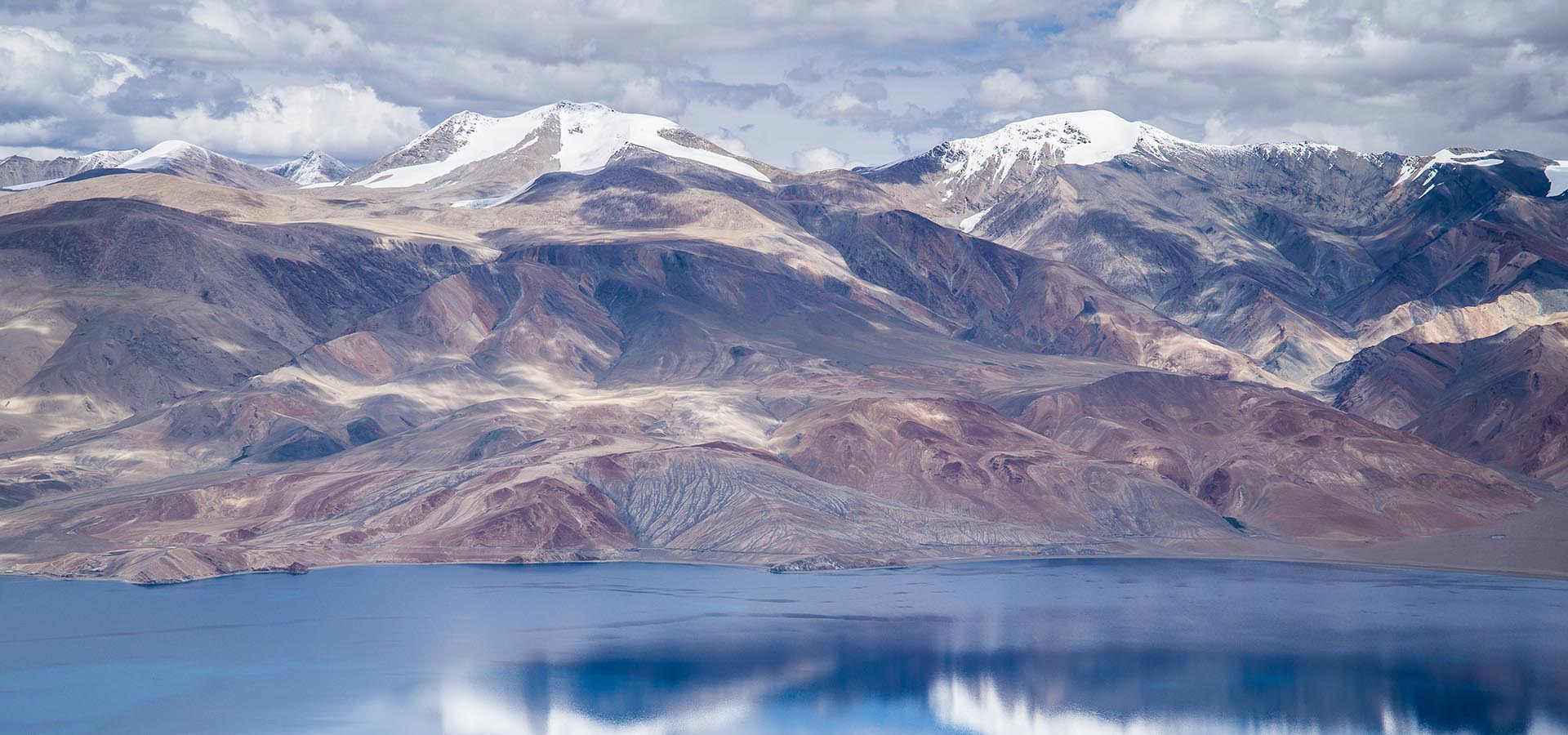The Changthang plateau sits in the eastern region of the Ladakh Union Region, at an elevation of between 4,000 and 5,000 metres above sea level. One of the highest permanently inhabited places on Earth.
High altitude steppe and undulating mountains are typical of Changthang, which is situated in the rain shadow of the main Himalayan peaks. It has lengthy, frigid winters, so the growing season for plants is short—just four or five months a year. The Changthang region, with its rich cultural and biological diversity, has been designated a protected area known as the Changthang Wildlife Sanctuary.
Several endangered plant and animal species call the Changthang Nature Sanctuary home. The sanctuary is found in the mountainous region of Ladakh known as Leh.
Three big, internationally recognised lakes—Tsomoriri, Tsokar Lake, and Pangong Tso—surround the Changtang Wildlife Sanctuary.
Tsomoriri is a large alpine lake in Ladakh’s southeast. Karzok village, located on the northwest side of this lake, has the title of “highest permanently inhabited village in the world” at an altitude of 4,560 metres (14,960 feet) above sea level. Tsokar Lake, also known as the Rupshu Salt Lake, is located in the Rupshu valley.
More than 200 varieties of wild plants grow in the Changtang Wildlife Sanctuary’s higher pastures, and the vast majority of these are edible to the animals who roam these regions.



